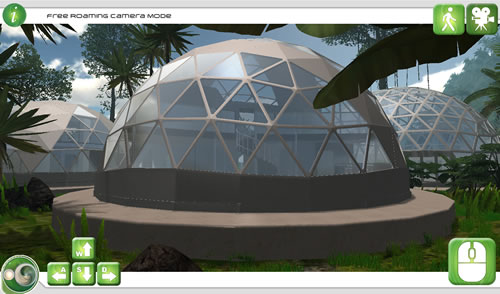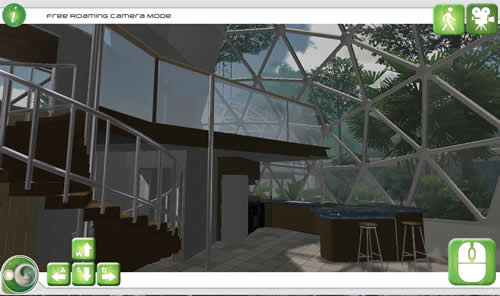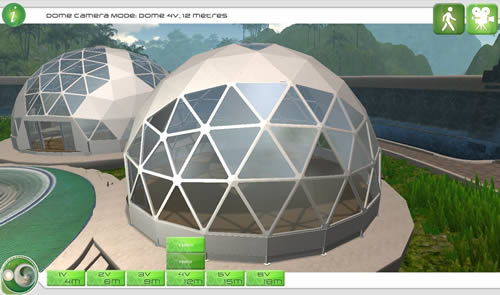- PO Box 989 Mullumbimby Contact us
- Call Us: +61 2 6684 3173
Components of Geodesic Domes
An Introduction To Geodesic Domes
Geodesic domes have been with us for more than nine decades. It is shocking to note that most people are not aware of these truly magnificent structures. Some have probably seen them but are not aware that they are called geodesic domes, a name coined by the man responsible for popularizing them throughout the world-Robert Buckminister Fuller. Geodesic domes are in the shapes of spheres or half spheres. They contain a series of great circles known as geodesics which intersect to form triangular elements. These triangular elements are what make geodesic domes strong and resilient in the face of stress loads.
The Different Types
Just like soccer balls, not all geodesic domes are alike. The differences in geodesic domes are brought upon by the initial design phases, the materials used in making the geodesic domes, length of the struts and the materials used in making the struts of the geodesic domes. The differences brought upon by the initial design phases result in different classes of geodesic domes.
Classes of Geodesic Domes
The classes of geodesic domes start from 1V then 2V then 3V and so on. The 1V class is the most basic class of geodesic dome. Its design starts with a polyhedron with 20 faces (an icosahedron) of equilateral triangles. These triangles can be further divided into more triangles (equilateral triangles or a blend of equilateral and isosceles triangles) to come up with more classes of geodesic domes.
Materials Used In Making Geodesic Domes
Once the framework of a geodesic dome is put up, the triangular planes on the outside need to be covered. There are different materials that can be used to cover these planes. These include concrete, plywood and plastic. Therefore, there are concrete geodesic domes, plywood geodesic domes and plastic geodesic domes. Concrete geodesic domes are particularly popular for people who want to set up their geodesic domes underground. Plastic geodesic domes are popular with the environmental conscious folk since plastic is 100% recyclable.
The Length Of The Struts
If you have seen a geodesic dome frame then you have a basic idea of what a strut it. Struts refer to the individual bars or rods that form the frame of a geodesic dome. The struts could be of the same length or of different lengths. Different strut lengths are essential in the making of a complete unbroken sphere. Geodesic domes with struts of similar lengths are referred to as one frequency domes. Two frequency domes use strut lengths of two well defined lengths. Three frequency domes have strut lengths of three distinct lengths and so on.
The Materials Used In Making The Struts of Geodesic Domes
There are two broad groups of materials used in making the struts of geodesic domes. These are wood and metallic alloys. Therefore, there are geodesic domes with wooden struts and those with struts made of metallic alloys. Struts made of wood are more common in the traditional geodesic domes. In the wake of environmental concerns such as global warming, more and more people are beginning to prefer struts made from metallic alloys as opposed to those made from wood.
Download the Sustainable Domes Walkthrough app now - just like our facebook page and look for the details.
15m Residential Dome

15m Residential Dome Internal

12m and 15m Residential Domes



